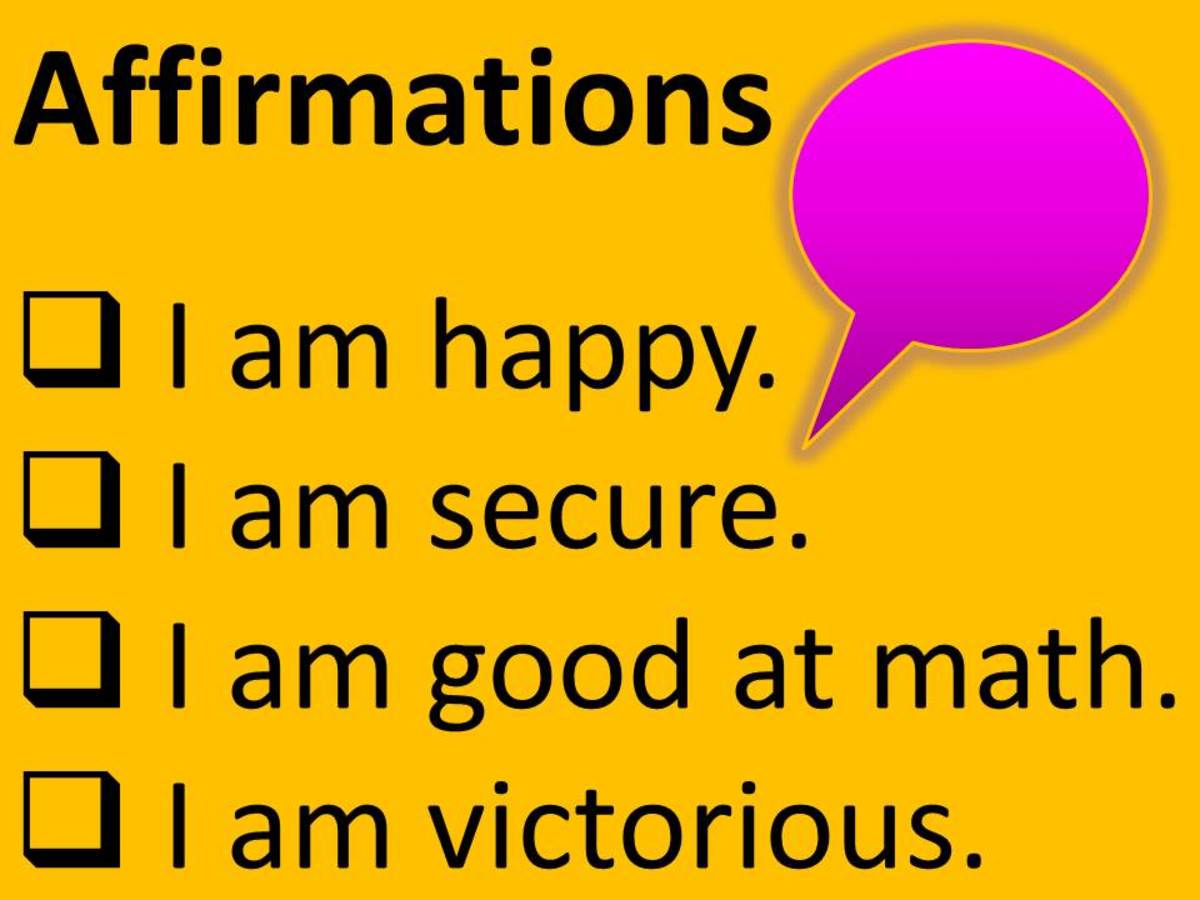An Integrated, Holistic Design for Business Education

Slices, or the Whole Pie?
Let’s say you’re trying to enculturate a refugee. The country of origin isn’t really important, but for argument sake, let’s say he is from Vietnam. You start in the kitchen, by teaching him all the appliances, and about the utensils, and showing him where the food is located in the pantry, and teaching him a few basic recipes. After that, could he successfully prepare a standard “American” meal? Probably, yes.
How about a year’s worth of meals? Probably, not. Why? Because once he ran out of food from the pantry, he would lack the knowledge of how to purchase more. He may also lack funds, and transportation, and so forth. Basically, you have trained him for the short term, without regard to the long view.
Unfortunately, too much business education takes the first approach. While succeeding in giving an individual skills, knowledge, and abilities to make him or her marginally successful in one area (e.g., accounting, or statistics, etc.), they lack the integrated, holistic approach that would allow them to be self-sufficient in the long run.
A More Effective Model of Business Education
My proposed model of Business Education would consist of four phases:
Phase One: Business Simulator. Training based on a simulation of a working business. The learner is trained to have a sufficiently complex perspective to cause him or her to ask meaningful questions, and the tools needed to go on and discover the answers. Training runs through several scenarios, increasing in difficulty.
If the business fails, the individual learner begins again, and is able to make “different” choices the second (or third or fourth time), until success is achieved. Multiple businesses in multiple industries can be explored in this fashion.
Phase Two: Planning and Budgeting. This phase looks at the issue of Resource Leveling (RL), consisting of an integrated system which considers:
- Time
- Cost
- Function
Unlike strict Return on Investment (ROI), Resource Leveling (RL) considers the interrelationship of projects.
For example, under ROI, consider the following projects, with these possible returns:
Project A - 25%
Project B - 22%
Project C - 20%
Project D - 18%
Project E - 15%
ROI would always promote projects A, B, and C, in descending order. Under RL, on the other hand, you may accept projects A, B, and E. Due to the resource constraints and interplay of available resources, the RL decision may, in fact, produce better results.
Phase Three: Decision Support Systems (DSS). Based on RL and an integrated approach to all functions within the business, the DSS will help determine the best project mix.
This phase would again be scenario based. It would look at various strategic approaches to typical problems faced in business historically, and in the present day.
Phase Four: Control and Monitoring. Designed on the same interactive simulation techniques discussed earlier, all monitoring systems would input actual data (results) in order to make the necessary course corrections required by the vagaries of the “real world.”
The Final Product
The final business education course would require multiple modules, and would teach all the traditional management functions of planning organizing, staffing, directing, and controlling, only in the context of a more holistic understanding of business.
This approach will allow every manager at every level to experience the excitement of actually operating a business. Just as someone watching the action in a gambling casino can never experience the excitement of the person hitting the jackpot, once you put down your money and pull the lever, you are now vested in the outcome. Even if it’s a fantasy game on Facebook. The same principle applies here.
Designing Learning
If you wonder how I arrived at my ideas about designing business education, it’s because I am an Instructional Designer by trade, and look at all instruction from the vantage point of learning goals and objectives. If you want to know more, read my book, available on Amazon.

This content is accurate and true to the best of the author’s knowledge and is not meant to substitute for formal and individualized advice from a qualified professional.
© 2016 Carolyn Fields







